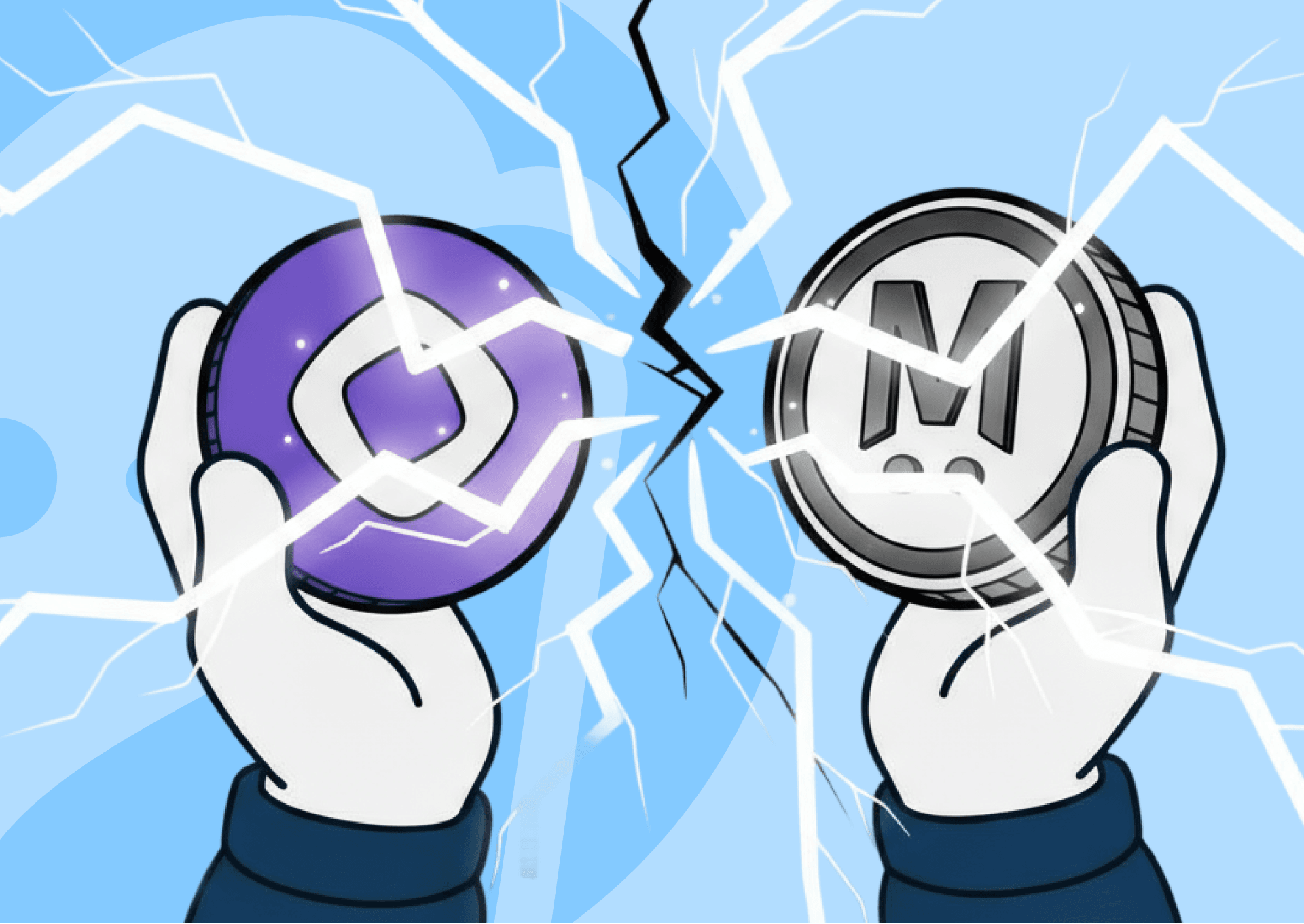Why Monad Could Be the Most Scalable Blockchain Yet
By Will McKinnon Updated November 10, 2024

Summary
- Monad offers unparalleled scalability, claiming to reach up to 10,000 transactions per second through an innovative parallel execution model, a major leap compared to Ethereum's 15-30 TPS.
- With near-zero gas fees and compatibility with consumer-grade hardware, Monad provides a more accessible, cost-effective blockchain solution.
- Full EVM compatibility allows developers to transition Ethereum-based applications to Monad seamlessly, leveraging Ethereum’s extensive ecosystem.
Introduction
The quest for scalability has always been a hot topic in the Web3 space. As decentralized applications (dApps) grow in popularity, the need for faster, more efficient blockchains becomes increasingly critical. Enter Monad, a Layer-1 blockchain that promises to redefine scalability without sacrificing compatibility with the Ethereum ecosystem. Let’s dive into why Monad could be the most scalable blockchain yet.
Transaction Speed & Throughput
At the heart of Monad's appeal is its astonishing capability to process 10,000 transactions per second (TPS). This is a game-changer compared to Ethereum's current throughput of only 15-30 TPS. The secret behind this impressive speed lies in Monad's optimistic parallel execution model, which allows transactions to be processed simultaneously rather than sequentially. By predicting dependencies between transactions and executing them in parallel across multiple virtual machines, Monad can achieve rapid transaction finality with a block time of just one second.
Moreover, Monad's architecture incorporates MonadBFT, a custom Byzantine Fault Tolerance consensus algorithm that streamlines communication phases from three to two. This not only enhances efficiency but also ensures quick finality, making it ideal for high-frequency applications like gaming or financial services where speed is paramount.
Low Costs and Accessibility
One of the standout features of Monad is its potential for near-zero gas fees. As transaction capacity increases, the costs associated with processing these transactions are expected to decrease significantly. This affordability opens up opportunities for broader adoption, enabling everyday users to engage with blockchain technology without worrying about exorbitant fees.
Additionally, Monad is designed with low hardware requirements, allowing users to operate full nodes on consumer-grade hardware. This democratizes access to blockchain participation and supports decentralization efforts by enabling more individuals to contribute to network security and stability.
EVM Compatibility
Monad’s commitment to being 100% EVM-compatible means that developers can easily transition their existing Ethereum smart contracts to this new platform without needing extensive rewrites or adjustments. This compatibility not only simplifies migration but also leverages the vast ecosystem of tools and libraries built around Ethereum, fostering a vibrant developer community eager to explore Monad’s capabilities.
By retaining compatibility with Ethereum’s infrastructure while enhancing performance metrics, Monad positions itself as an attractive alternative for developers looking for speed and scalability without abandoning their established workflows.
Newer Technologies To Drive Scalability
Monad employs several cutting-edge technologies that contribute to its scalability:
- Parallel Execution: By executing transactions concurrently, Monad maximizes throughput while maintaining data integrity through optimistic execution models.
- Deferred Execution: This allows transactions to be proposed and verified before execution, freeing up resources and speeding up overall processing times.
- MonadDB: A custom database designed specifically for blockchain state management reduces memory requirements and enhances efficiency by utilizing SSD storage instead of relying solely on RAM.
Together, these innovations create a robust framework that can handle millions of users while maintaining high performance.
Challenges Ahead
While Monad presents a promising solution for scalability, it’s essential to acknowledge potential challenges. The technical complexity of managing parallel executions and ensuring data consistency can introduce new hurdles for developers. Furthermore, as the platform grows, it will need to effectively address security concerns associated with rapid transaction speeds—ensuring that vulnerabilities are minimized even as it scales up.
Conclusion: The Future Looks Bright
As we look ahead to 2024, when Monad's mainnet is expected to launch, it’s clear that this blockchain could set new standards in scalability and performance. With its impressive transaction speeds, low costs, EVM compatibility, and innovative technological solutions, Monad is poised not just to compete but potentially lead in the Layer-1 blockchain space.
Join the Beluga Brief
Dive deep into weekly insights, analysis, and strategies tailored to you, empowering you to navigate the volatile crypto markets with confidence.
Never be the last to know
and follow us on X








